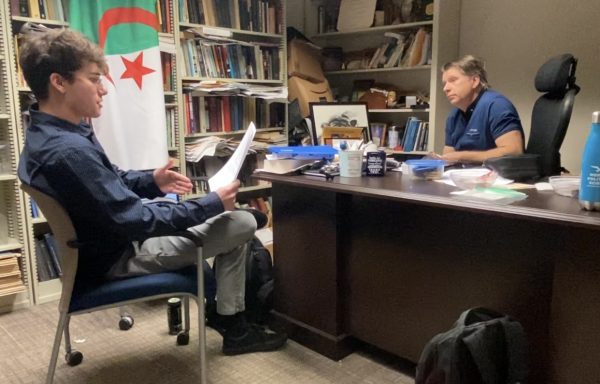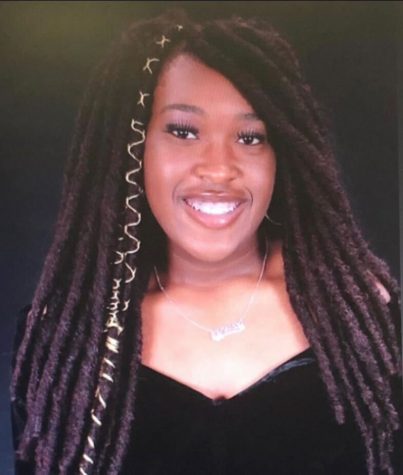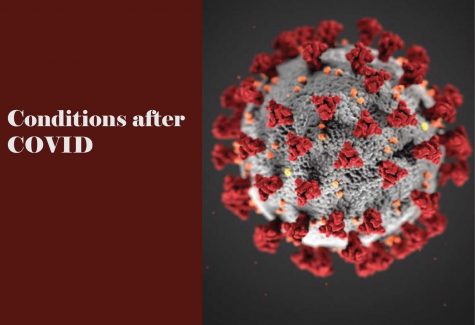Three components to understanding conflict
September 30, 2014
As the Mock Mediation Club of Georgia Southern, we recently had a practice in preparation for upcoming competitions and one of our members wanted a better explanation to define the roles of the parties represented in a mediation setting.
I tried my best to explain this by using an analogy of a painting, and it seemed to communicate the idea pretty well. Then it dawned on me that we could also use this analogy in understanding the components that help us as we strive towards resolving conflict.
FACT, EMOTION and OBSERVATION
Imagine yourself as an art enthusiast, directing attention to a beautiful painting in an art gallery. The painting has well-defined lines that give you a clear image of what is in the painting, but the color is what brings the scene to life. You, as the observer, try your best to understand how these well-defined lines and splashes of color communicate a message from within.
The first component of conflict is Fact (well-defined lines in the painting). We need to strive to understand the facts of a conflict before we can make any progress in figuring out how to respond to it. The facts need to be extracted and discussed so that it is clear, and can be understood by all who are concerned.
The second component is Emotion (the color that brings the painting to life). Every conflict has emotion attached to it. Be it a big, bad corporate dispute, or a simple family dispute, there is emotion attached to it. We need to be open to hearing that emotion and understanding it. Little do we realize that understanding the emotion of a conflict can transform the way we see the conflict, and, more often than not, is the key to resolving the conflict.
The last component is Observation (the art enthusiast observing the painting).The art enthusiast has a unique role. He is physically detached from the painting but has influence interacting with the painting by looking at the connection between the lines and the color and interpreting it.
If we can adequately understand the connection between Fact, Emotion and Observations, we will be able to look at conflict from a newer perspective with better understanding.
The next time you find yourself in a situation where conflict needs to be managed, look out for these three components and see how you can best understand the facts, the emotion and finally detach yourself so you can make an observation to see what is truly being communicated through the conflict.













